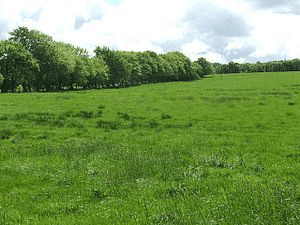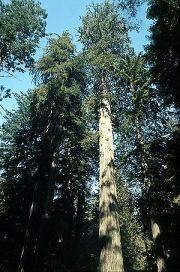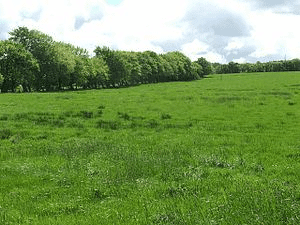My family and I have been taking daily walks through the woods this Summer. We’ve seen downed branches and trees, but many more that weathered the storms. It takes a lot to fell a healthy tree in good soil!
Which is better for building a strong home, wood or steel? Should I build my boat from wood, or some fancy, modern material? Even today these are questions builders ask because wood is something that just keeps on giving.
The question of what kind of floor to put in if you can afford whatever you want almost always leads to- wood.
What’s so special about wood that engineers still look to it as a main resource and something to copy if possible?
Wood is lightweight compared to metal and nearly as strong as steel. It has natural chemicals in it to stop microbes from growing. Wood is beautiful to look at and helps a home feel and look warm.

It is way cheaper to produce than metal and instead of messing up the environment, preparing wood by growing trees is really good for it! Because wood can be grown on the same land over and over, it is one of the best renewable resources we have. Trees help air condition the air, encourage rain fall, stop erosion, clear pollution, and give us lots of oxygen to breath.
As long as we carefully choose the wood we buy, the farmers growing trees for us are actually improving their land and other crops at the same time. In fact, there’s a whole branch of farming studies called Agroforestry working to find the best ways to include trees into farms because they help so much.
How can a plant be so strong it is a close match to steel? To find out, you have to get down to the microscopic level (BTW, this is one of the things I love about God: the closer you look, the more amazing it gets).
A tree’s woody cells are 100 times longer than they are wide. That’s pretty skinny! You can see them in an amazing picture of wood fibers by clicking on that biomimicry link from the beginning.
If you know anything about cloth, you know the longer the fibers, the stronger the cloth. This is true for trees, too, although they aren’t being pulled apart. Although, come to think of it, we DO use wood to make cloth, it’s called Lyocell rayon (brand name: Tencel).

Wood cells also have really thick outer walls to hold everything in place. Long before we chop it down to make a table, that tree was holding itself up a lot higher than we ever grow. Think of a redwood reaching hundreds of feet [60+ m] into the air. Even ordinary trees reach close to 100 ft [30+ m] tall when full grown. Their woody cells make this height possible.
These cells are designed to carry huge amounts of weight without getting squashed or bending over. Engineers call this “tensile strength”. Have you heard of PSI, or “pounds per square inch” [sorry, I didn’t search for a metric site, just think “x453 grams per square 2.54 cm”]? Check out this list of wood’s psi strength:
Willow, Black 4,100 psi
Pine, Lodgepole 5,370 psi
Maple, Bigleaf 5,950 psi
Beech, American 7,300 psi
How much do you think you could pile on your head before collapsing?
God was very good to us and everything living on our planet by giving us trees. Every time you see a tree, sit on a wooden chair, or write in your school books, you know just whom to thank for His amazing gift.
And the earth brought forth… the tree yielding fruit, whose seed was in itself, after his kind: and God saw that it was good. And the evening and the morning were the third day. Genesis 1:12-13
More links to check out:
Woodworking page with great microscopic photos of wood showing grain and resin pores.
How much weight can a 1/4 inch [.63 cm] thick piece of wood hold up? Find out HERE
Easy and barely messy experiment to see how strong wood is: Paper Rope
For more on why wood is so great to work with you can read this page on the Properties of Wood and Timber
Click HERE to read a long list of why using wood is so wonderful. They say the same thing several times and are evolutionists, but what they say about today is pretty good







